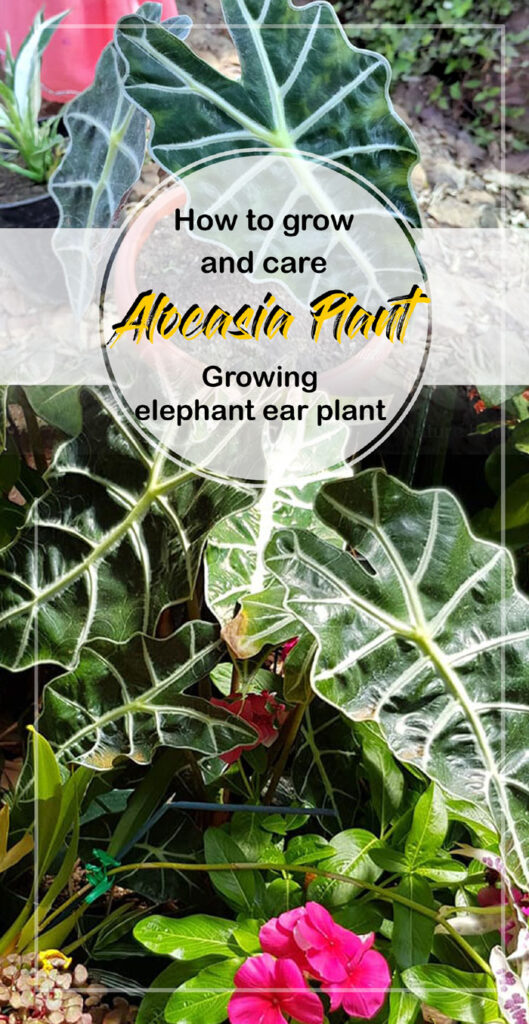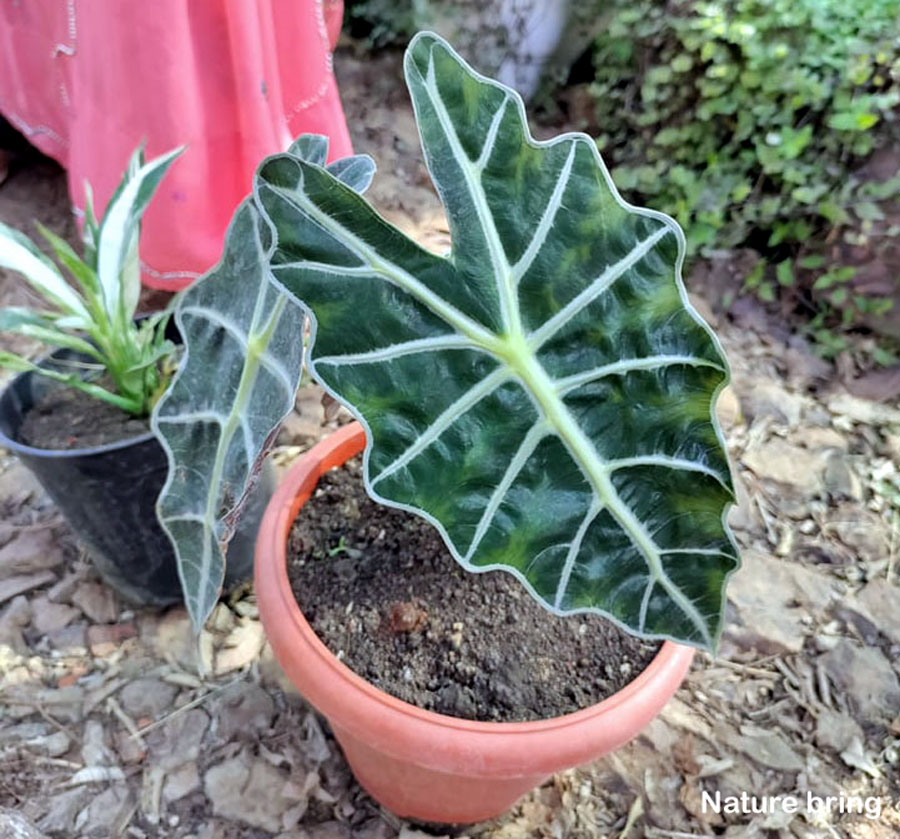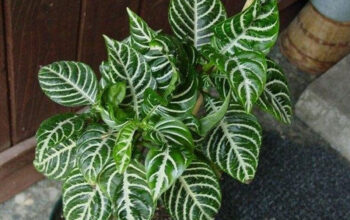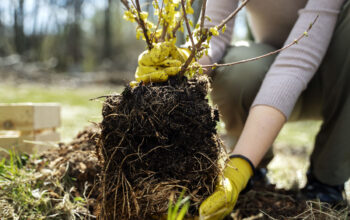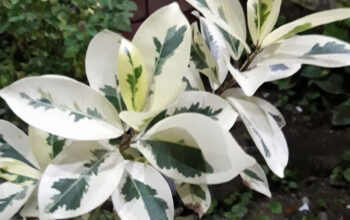Elephant ear plant (Alocasia) Plant
Alocasia (elephant ear plant) is a genus of perennial, broad-leaved, herbaceous plants from the family Araceae with rhizomatous and tuberous roots. In tropical and subtropical Asia, as well as in eastern Australia, 97 species are accepted. On long petioles, the large leaves are cordate or sagittate and grow to a length of 20 to 90 cm. The araceous flowers of these plants grow on short stalks but are rarely seen because they are hidden behind the leaves. Elephant ear is known for its lavishly ruffled green leaves and strong purple stems. It is a tender perennial. Unlike the leaves of Colocasia, which point downward and droop at their bases, these leaves are arrow-shaped at their bases and stand upright when they point upward.
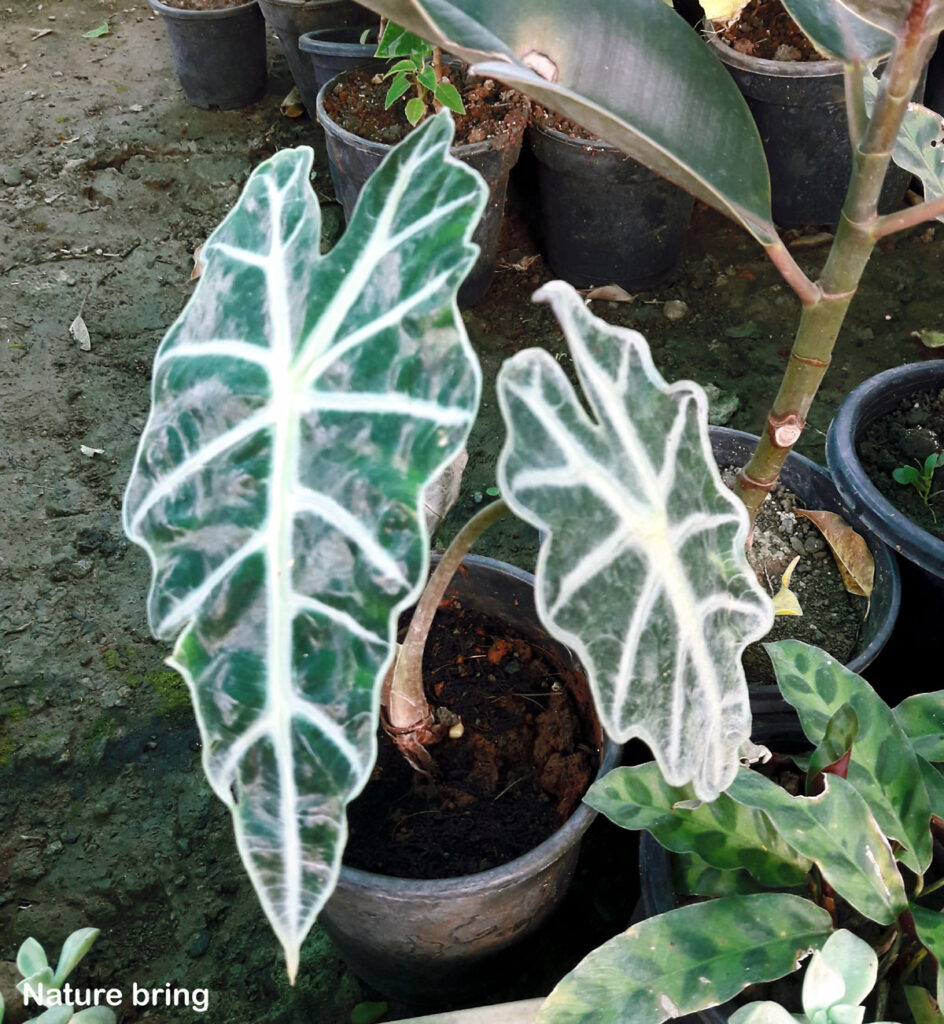
Overview elephant’s ear Plant
Scientific name Alocasia
Common name Elephant’s Ear, Alocasia
Plant type Perennial Houseplant
Sun Bright indirect sunlight , Partial shade for outdoors
Soil Well-drained rich organic soil
Soil pH 5.5 to 6.5
Zone 10 – 12
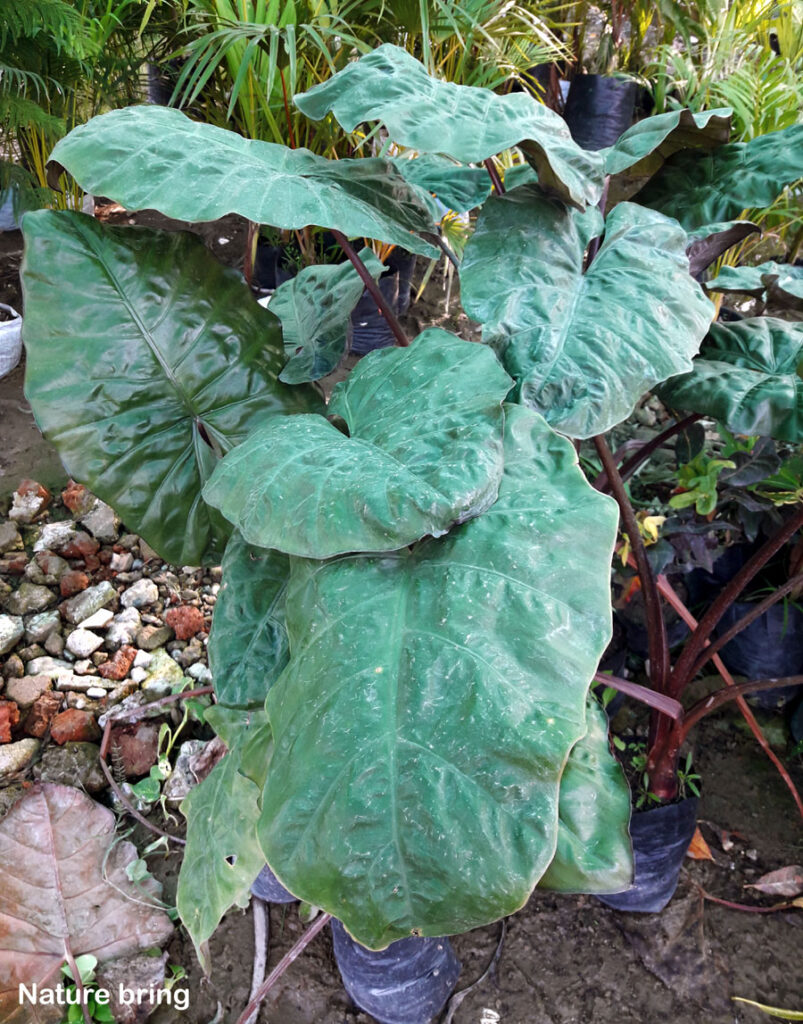
How to Grow and Care Alocasia Plant
Alocasias are extremely fast-growing, which makes them perfect as houseplants, although they can also be grown outside during the warmer months, burying the whole pot in the ground to create a natural look. Plants generally rest after entering their dormant periods in the late fall and winter. During the winter months, the plant will likely remain unchanged as the rapid growth of leaves will cease. You can expect rapid growth in the following growing season if you continue to care for it.
Growing from seeds
As root division is a very quick method of propagating this plant, seed propagation is not often used. In the case of mature plants that produce seed pods during the blooming period, you can collect the seeds from the dried pods and plant them in a rich, peat-based potting mix. Seeds should be sown on the soil’s surface and lightly covered with soil. Lightly spray on the surface of the area to make sure it is damp, but not dripping. After planting, elephant ears typically sprout in three to eight weeks. As the weather warms, the sprouts appear. Warmer climates will allow them to sprout faster than cooler climates. Starting them inside and moving them outdoors once it has warmed up is a quick way to speed up this process.
Growing from cuttings
It is possible to propagate most Alocasia plants by rhizome or clump division. Since this is a time of growth for the plants, it’s best to do this in the spring, since the plants will have more room to grow. Make sure you dig up the roots of your plant from a clump that has grown larger over time, so there will be a good number of rhizomes to divide. Clean pruners can be used to cut off pieces of underground rhizomes that will need to be potted separately in a moist potting mixture. It usually takes about two weeks for new growth to begin in pots. The plants are ready to be potted when they are tugged at and able to resist.
Sunlight
Elephant ears need bright sunlight when grown indoors, but not too harsh. Consider moving it to a dimmer spot or adding a sheer curtain if you notice the leaves are becoming bleached or singed. Partial shade is ideal for them outdoors. An abundance of filtered sunlight is ideal for elephant ear plants indoors and outdoors.
Temperature
These plants do not thrive in temperatures below 55 degrees Fahrenheit. Many of its varieties do not tolerate the cold and die, but the rhizomes re-emerge. This plant likes moisture, it does well in moisture. Place a tray filled with pebbles and water at the bottom of the pot for a sufficiently humid environment.
Soil
When using potting soil, make sure it is rich in organic material and is made up of peat and perlite to create a wetland or bog that retains moisture. It’s best to mix your own soil with well-drained, crumbly loam whose pH ranges from 5.5 to 6.5. Try to avoid soils that are rocky because they can cause the corms to deform.
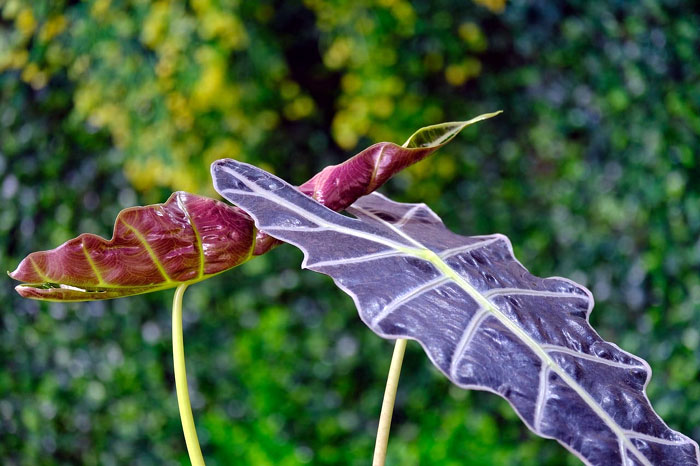
Watering
Keep your Alocasia plants moist all year round. They are water-loving plants. This plant has fine lines. The soil should be moist but not wet. Since the plant is dormant, it needs less water in winter. Wait until the top few inches of soil are almost dry before watering. This will keep the soil evenly moist. Wet soil makes plants susceptible to fungal infections.
Fertilizer
Alocasia plants also need fertilizer, especially plants with large leaves. You can feed it with a liquid fertilizer twice a month and a normal 20-20-20 fertilizer during the growing season.
Read also:
09 best plants for bathroom. How to grow Cantaloupe. Growing Celery in containers. How to Oregano at home. Growing Organic bottle gourd at home. Jade houseplants growing guide. Golden barrel cactus growing guide. Dieffenbachia (Dumb cane) houseplants growing and care. Moringa Plant Growing and care tipe.
For pin:
